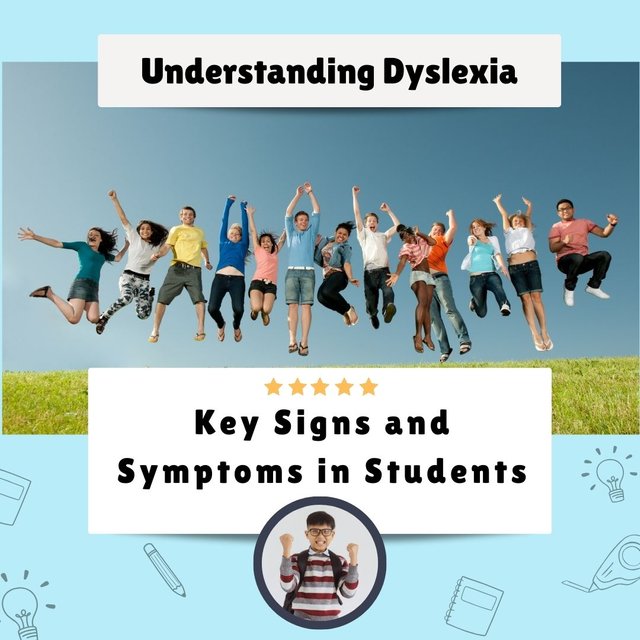
Dyslexia is a specific learning difficulty that affects the way individuals process language, particularly in reading, writing, and spelling. While dyslexia can vary in severity, it often becomes evident during school years as academic demands increase. Early identification and intervention are critical for helping students manage their challenges and reach their full potential. This article outlines the key signs and symptoms of dyslexia in students and how testing and creative strategies, such as music for dyslexia, can provide much-needed support.
- Difficulty with Reading and Writing
One of the most apparent symptoms of dyslexia in students is a persistent struggle with reading and writing. Students with dyslexia may take longer to read text, find it challenging to comprehend what they have read, or struggle with spelling and forming coherent written sentences. Despite being intelligent and capable, their difficulty in processing language leads to significant academic challenges.
For students with dyslexia, decoding words is often a slow and frustrating process. They may confuse letters, have trouble remembering common sight words, or avoid reading altogether. This issue becomes more apparent as they progress through school, where reading is integral to learning across subjects.
Poor Spelling and Grammar
Students with dyslexia typically find spelling particularly hard, often mixing up the order of letters in words or struggling with common spelling patterns. Even when they learn specific words or spelling rules, these students may have difficulty remembering them over time. This challenge in spelling can also affect their written communication, making their writing appear disjointed or unclear. Grammar may also suffer, with students struggling to apply the rules consistently in their writing.Difficulty with Phonological Awareness
A hallmark of dyslexia is difficulty with phonological awareness, which involves recognizing and manipulating the sounds within words. Students with dyslexia often struggle to break words into syllables or identify rhyming patterns. This problem with sound processing makes learning to read particularly challenging, as phonological skills are essential for connecting letters and sounds to form words. Without targeted interventions, such as music for dyslexia, students may continue to experience difficulties in developing strong literacy skills.Delayed Speech or Language Skills
Some students with dyslexia show early signs of language difficulty, such as delayed speech or problems with pronunciation. While not all children with delayed speech will have dyslexia, it can be an early indicator. Dyslexic students may also struggle with verbal memory, having trouble remembering instructions, names, or lists of words. This can affect their ability to follow directions or retain information in the classroom, making learning even more challenging.Avoidance of Reading and Writing Tasks
A key sign that a dyslexia test for teenager may be necessary is when students begin avoiding reading or writing tasks. They may appear frustrated, tired, or resistant when asked to engage in these activities. Often, this avoidance stems from the anxiety or embarrassment caused by repeated failures or difficulties in these areas. As dyslexic students work harder than their peers to perform basic reading and writing tasks, they may become emotionally fatigued or withdraw from academic challenges altogether.
How Music Can Help Students with Dyslexia
One innovative way to support dyslexic students is through music therapy. Music for dyslexia has been shown to improve phonological processing, auditory discrimination, and memory, all of which are critical for reading development. Playing musical instruments, singing, or engaging in rhythmic activities can stimulate areas of the brain associated with language processing, making music a valuable tool in dyslexia intervention programs.
Conclusion
Understanding the signs and symptoms of dyslexia in students is the first step toward providing them with the right support. From difficulties with reading and writing to struggles with phonological awareness, the signs of dyslexia can be varied but are manageable with timely intervention. Testing, especially with a dyslexia test for teenager, can offer clarity, while creative approaches like music for dyslexia can enhance learning and build confidence. Early identification and personalized support are essential for helping students with dyslexia overcome their challenges and thrive in school and beyond.